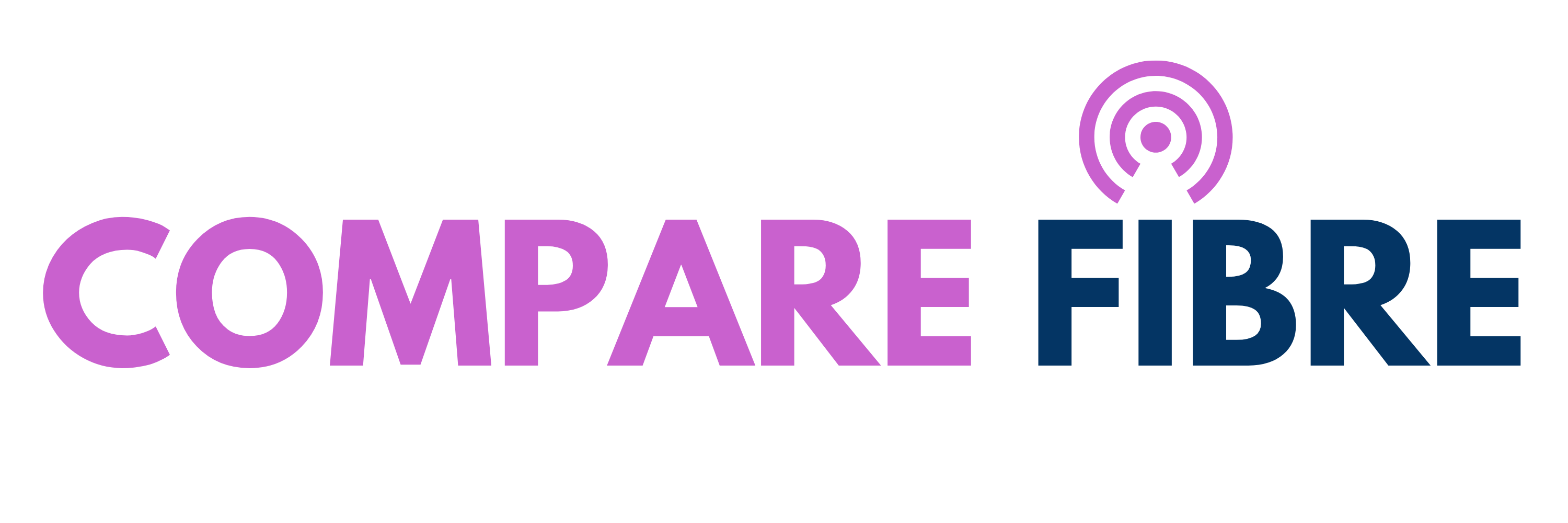Hyperoptic Fibre Speed Test
Are You Getting The Advertised Speed You Should Be From Hyperoptic?
Speed Test More Broadband Providers
Not Getting The Speed You Hoped For From Hyperoptic?
Hyperoptic Speed Test
In 2008 fibre broadband launched in the United Kingdom, ushering in the next generation of internet connectivity. Instead of the traditional method of delivering data via copper telephone lines, fibre optic cables are manufactured from a super-thin glass core that’s surrounded by Kevlar and a plastic sheath.
The benefits of fibre broadband
Fibre optic cable is superior for many reasons:
– It has excellent security properties compared to copper cable as it’s extremely difficult for thieves to tap the wire to steal data without breaking the signal.
– Faster connection speeds
– A strong signal over greater distances and a more uninterrupted flow of data because of lower latency. This means smoother file transfers, fewer glitches while gaming, and better quality VoIP. It also resists electromagnetic interference very well.
How to test your broadband
To test the quality of your current fibre broadband provider, conduct a broadband speed test by following these steps:
– Click “Hyperoptic Fibre Speed Test” from the “Broadband Speed Test” menu at the top of the screen.
– Click the “GO” button.
– Wait for the results and do not use your device during the test. It may take longer than one minute.
The speed test will show you measurements of the download/upload speed, pings and jitters. Ideally, pings should be less than 100 ms. If it’s more than this, it highlights that your broadband connection isn’t as responsive as it should be. Jitters should be no greater than 30 ms (if they are higher, you are more likely to have issues with buffering, especially when downloading a lot of data). Speeds for uploads and downloads should be over 35 Mbps, although they can exceed 300+ Mbps.
What do the speedtest results mean?
Speed tests are a helpful tool for assessing your connection’s quality and whether you’re receiving the speeds advertised by your broadband service provider. Download/upload speeds are always measured in megabits per second (Mbps) and the speed test gets this result by delivering packets of data (which are called pings or latency) to an independent test server. Jitters are a measure of how much the ping rate varies over a set period. You will get different results depending on what time of the day you do the test. Slow results are common during weekday evenings when the networks have a high volume of users, so it’s recommended to do the test during a quieter period.
Preparing to run a Hyperoptic speed test
There are a few things you need to do before running a speed test:
– Turn off any electronics that are wireless or connect to the internet. This includes gaming devices, tablets, cameras, and virtual personal assistants.
– Close any applications on your computer or smartphone that use your broadband connection. Examples include anti-virus software, VPNs, and file-sharing applications.
– Stop or pause any downloads or uploads as this will have a considerable effect on the results.
– Any cabling and connections connected to your broadband outlet and devices should be secure.
– Ask any other users on your network to stop using the connection.
– Move as close to the wireless hub as you can (if you’re using one) and avoid anything that could obstruct the signal.
– Run the test when the fibre broadband network is less congested, such as during the working day or early morning. Doing so will ensure the best results.
You might also find it interesting to run the speed test during congested periods to see the impact it can have on your connection. This will give you an idea about what time of day is best for uploading and downloading large files or for streaming and gaming.
Whatever type of data you use, whether for work or pleasure, using a speed test to ensure your Hyperoptic connection is fast and reliable is fundamental.
